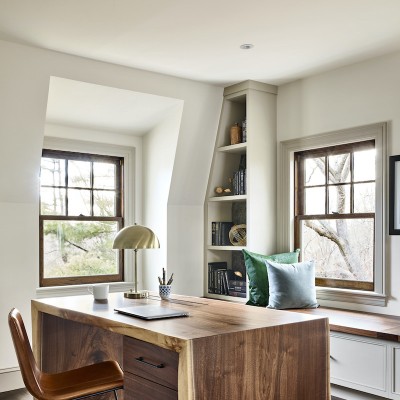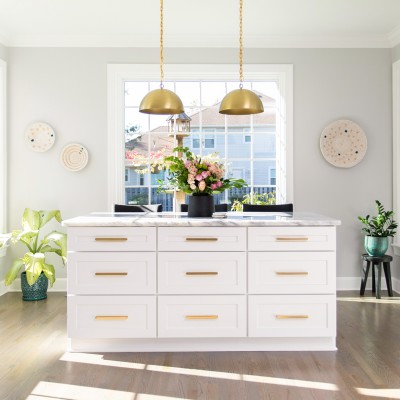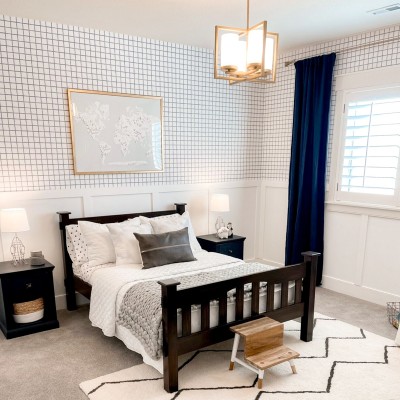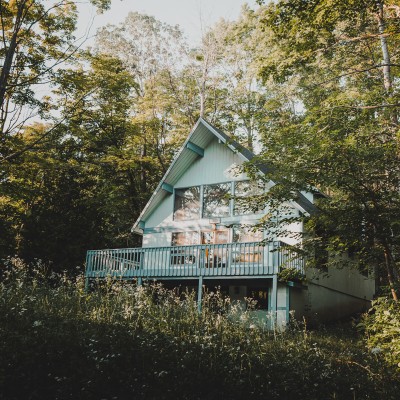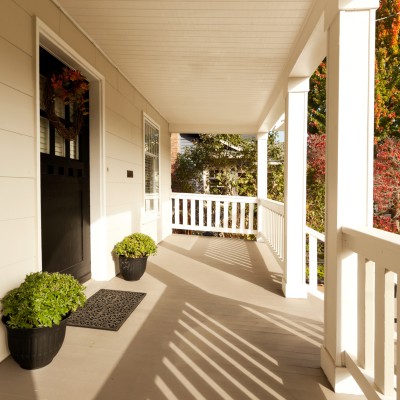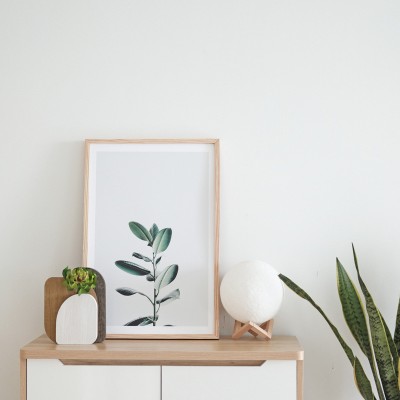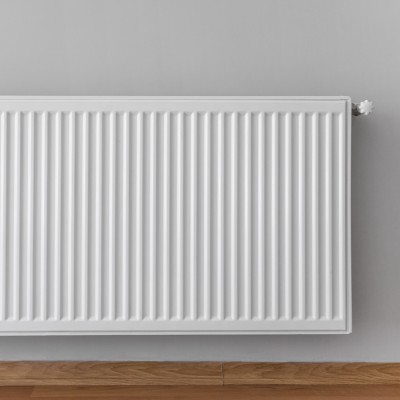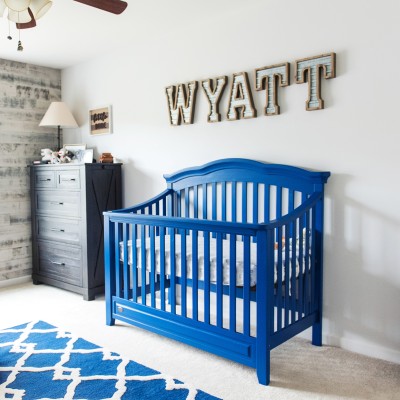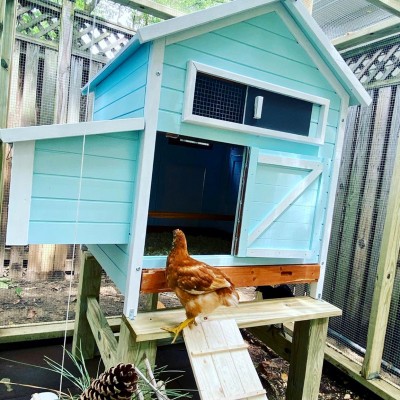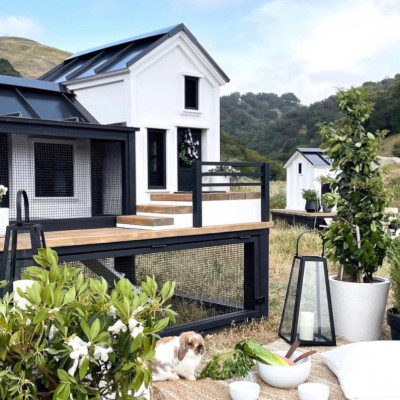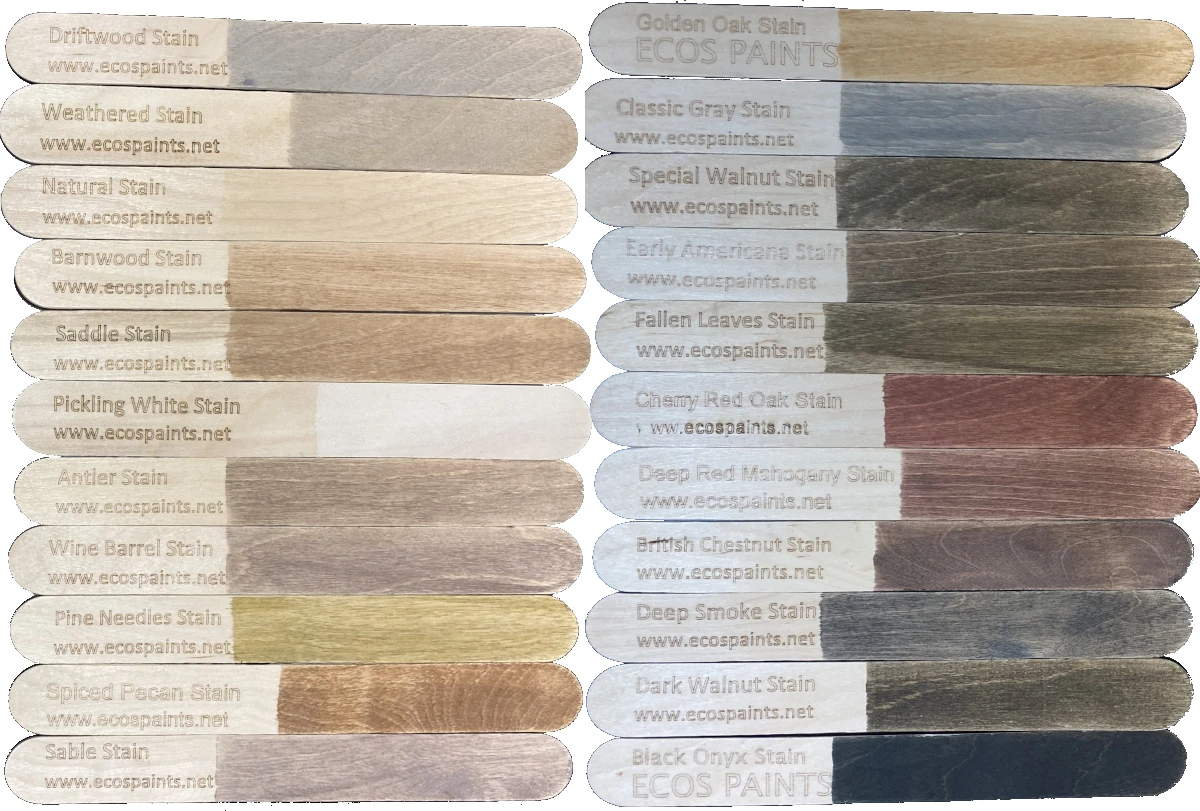How to Safely Paint Baby Furniture
Giving furniture a quick paint makeover is an easy way to make your baby's nursery unique, but there are a few things you should know before diving in. Here's a breakdown of the steps to take to make a professional-looking piece, as well as important information about how to safely paint baby furniture.
First things first, consider these safety issues:
- Test for lead in paint. Lead is extremely toxic to brain development and there's no known safe level. It's been banned from paint since 1978, so if you're repainting something less than 10 years old, you don't need to worry. (Since we're on the topic of lead,if you live in a home built before 1978, test painted walls, window sills, and door jambs, too with a test kit from your local hardware store.)
- Give your piece of furniture a good shake. If it rattles or wiggles too much, you may need to tighten things up a bit (or find a sturdier piece of furniture).
- The US Consumer Product Safety Commission advises against using cribs more than 10 years old. Visit their website to learn about crib recalls and regulations to ensure your crib is up to code.
Once you’ve identified you have a solid, safe piece, here’s how to paint baby furniture safely:
Step 1: Prep your space by placing a drop cloth on the ground outside or in a garage.
Step 2: Wipe down all surfaces to remove dust and grime. If it’s a dresser, you may want to vacuum out the drawers.
Step 3: Disassemble the piece and lightly sand all the surfaces you'll be painting. For cribs, you may need to take the entire thing apart, but for dressers, just remove the drawers. Wear a mask to avoid inhaling the dust. You shouldn’t need to sand off the existing surface, just roughen it up slightly so the new coat of paint adheres properly. If there are any scratches or divots, you may need to use some wood putty to smooth out the surface. Follow the manufacturer’s instructions for how long you need to wait for the putty to dry before painting.
Step 4: Wipe the piece down using a tack cloth or damp rag and allow it to dry completely.
Step 5: Using a brush or small roller, apply a coat of non-toxic paint*. Choose a formulation specifically manufactured as a trim paint as they have more hardeners and are more effective for furniture applications. (If you’re covering bare wood or puttied surfaces, you’ll need to prime first.) If you’d like to really customize the piece, consider painting your child’s name on it, a quote, stars, polka dots, or any other design you’d like. Allow to dry at least over night (and preferably twenty-four hours) between coats.
*Conforms to ASTMD-4236, specifically concerning oral toxicity, skin irritation and respiratory effects.
Step 6: Let the piece dry for 48 hours and re-assemble.
Need some inspiration? With kid's furniture, the sky's the limit! Check out our Pinboard for some clever ideas:
Follow ECOS Paints's board Painted Nursery and Kid's Furniture on Pinterest.
Think you’ll tackle this DIY? Order some ECOS Paints today! And, when you’re done, we’d love to see pictures of your projects! Share them with us on Facebook!

